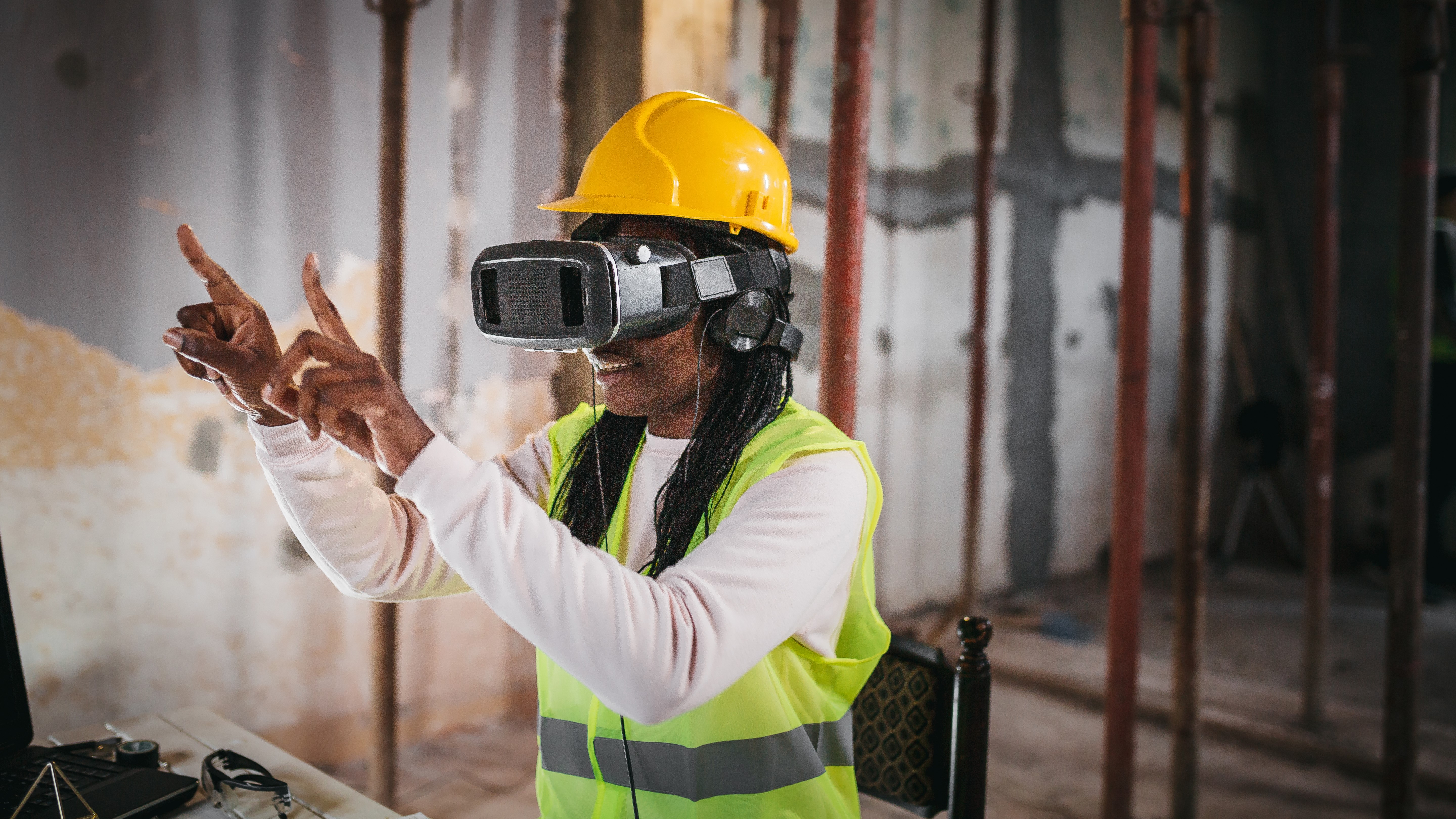
Construction 5.0 poses challenges and opportunities
Emad Adel FCIOB explores how the Construction 5.0 technology revolution presents several new challenges for the sector.
While Construction 4.0 focused on integrating information, objects, and people through automation and data analysis, Construction 5.0 takes this a step further by harmonising human-robot collaboration (HRC), aiming to find the optimal balance between human expertise and technological capabilities.
I’ve worked in the construction sector 10 years on projects ranging from rail transport to urban development, and have seen how technology is changing the sector we work in. Much of this change is to the benefit of the workforce and companies within the sector, but there are a number of challenges we must also be aware of as we make this transition.
Construction 5.0 relies heavily on seamless data exchange between humans, robots, and various technologies. Ensuring compatibility and establishing robust data management systems will be crucial to avoid biases within AIs or to catch wrong decisions before they are implemented.
New technology also comes with a cost, especially for smaller companies, and there is a need to manage the cost and identify funding channels to enhance the construction management industry in the long term, while ensuring these smaller companies do not get left behind.
Safety and ethical considerations
Robust safety protocols and clear guidelines are needed to ensure the safety of staff interacting with robots in potentially hazardous construction environments. As Construction 5.0 supports a human-centric approach, where technology complements human skills rather than replacing them, safety protocols that support co-working are vital. Robots must augment human capabilities while learning from human expertise, closing the ethical gap that exist.
Redefining the workforce
A challenge in implementing Construction 5.0 is addressing the resistance to change from a workforce that may be concerned about the potential for job displacement. Addressing these concerns and emphasising the complementary nature of HRC is crucial.
One project I was involved with undertaking concrete repair work required robotic waterjet cutters that could be programmed to cut with high precision when it comes to cutting openings in walls and floors. These robots could work for long periods of time in hazardous environments, reducing the risk to staff, and comments were made that the day robots would replace humans had arrived. However, these robots did not simply replace humans, but supported them in their work.
Companies need to invest in comprehensive tailored training and offer ample practice opportunities for employees, while employees may need to be encouraged to improve their skillset.
Contractors on one project I was involved with were resistant to the new Filed Data Collection Tool (FDCT) for site inspections, despite it having no impact on the contractor’s costs. The hesitation stemmed from the absence of a real-time dashboard, a feature some saw as offering flexibility in progress reporting. However, the sheer volume of paperwork quickly became apparent, and the potential for information loss and inefficiency over a five-year project lifespan was staggering. Having shown the need for the new system, the implementation of the FDCT proved a success, eliminating paper archives and managing a massive 170,000 documents digitally. This shift not only streamlined the quality assurance and quality control (QA/QC) processes but also ensured vital project information was readily accessible and verifiable.
The journey towards widespread adoption of Construction 4.0 has been a lengthy one for the industry, but continuing collaboration will allow us to collectively overcome these hurdles as we transition to Construction 5.0.
